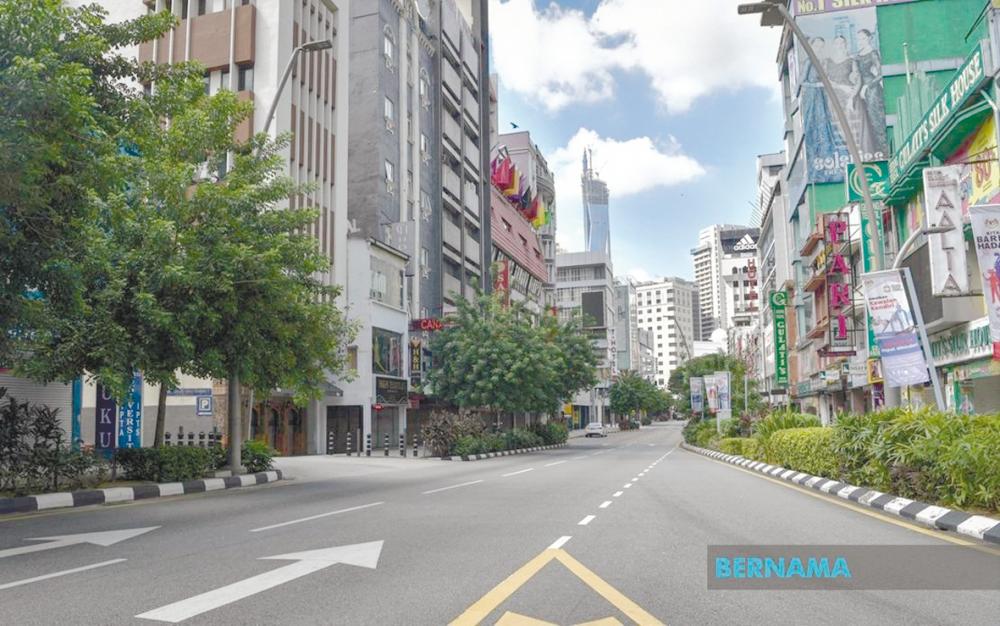PETALING JAYA: Various parties are cautious about the National Recovery Plan which outlined Malaysia’s exit strategy from the Covid-19 pandemic due to uncertainty and lack of clarity.
While the government sounds confident in executing the National Recovery Plan, TA Securities remains uncertain over the country’s economic outlook, especially for the second half of the year,
“This is especially if the recovery phases do not go as planned. In fact, the government mentioned that they could only decide to move to the next phase under the National Recovery Plan when all three main threshold indicators are successfully met,” it said in a research report today.
According to the government’s estimate, the shift to Phase 2 is expected between July and August, Phase 3 to take place in September–October and Phase 4 around November–December.
TA Securities pointed out that the government could extend any phase as necessary until the country is able to meet the conditions set by the indicators.
“With only two weeks left to the end of the full movement control order (FMCO) (June 28, 2021), we have not fulfilled any three of the indicators, making it challenging to move into Phase 2 by early July 2021. Indeed, the government gives a timeline latest by August 2021.”
Under the current lockdown, the government has estimated economic losses of RM1 billion a day, lower than TA Securities’ estimate of RM1.5 billion that translates into a real gross domestic product (GDP) growth of 6.1% for the second quarter.
“In spite of that, any delays in recovery stages will jeopardise our economic outlook in the second half,” TA Securities said, adding that it does not expect any immediate stimulus package to be announced.
UOB said the estimated period under the planned phases is in line with its assumptions when it revised down its full-year GDP projection to 4% for 2021 (from 5% previously).
“We maintain a cautious view as pandemic related risks continue to evolve while vaccination rollout is subject to a timely arrival of the vaccine supplies,” said UOB.
CGS-CIMB meanwhile noted that the government estimate of RM1 billion a day economic losses from the lockdown is in line with its expectations and has kept its 4.4% GDP growth forecast for 2021.
It highlighted that Malaysia is expected to have 16 million more doses of Covid-19 vaccines by end-July, in addition to the current supply of around 7.6 million doses, making a total of 23.6 million doses for 11.8 million people, or 45% of the 26 million people target for herd immunity.
“If these targets are successfully met, we expect investors to shift their portfolios in favour of recovery stocks (our key big-cap recovery picks are Maybank, Genting and Malaysia Airports) in the period leading to Phase 3 of the recovery and Budget 2022,” said the research house.
On the ground, the Federation of Malaysian Manufacturers (FMM) welcomed the certainty afforded by the reopening timeline outlined in the National Recovery Plan.
“The industry, however, finds that the plan is missing a critical element, that is, strategic direction to reset the economy and assist businesses with their recovery as this full lockdown has a far more devastating impact on business viability than before, especially for the non-essential sectors,” its president, Tan Sri Soh Thian Lai, said in a statement.
The federation has called on the government to pump prime the economy and to inject more stimulus funds in order to reduce the cost impact on the affected businesses.
It has also requested that the expanded positive list of essential economic sectors for Phase 2 be announced in advance to allow these sectors to plan their survival strategy accordingly as the prolonged period of non-operation has severely impacted their business viability.
“FMM has called on the government to allow the export-based sectors, supply chain sectors as well as the smaller sized companies to resume operations.”










